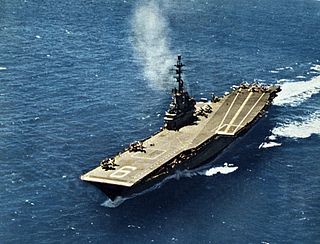Two Royal Norwegian Navy ships and a class of patrol boats have been named Rapp, meaning quick.

The Royal Norwegian Navy is the branch of the Norwegian Armed Forces responsible for naval operations of the state of Norway. As of 2008, the RNoN consists of approximately 3,700 personnel and 70 vessels, including 5 heavy frigates, 6 submarines, 14 patrol boats, 4 minesweepers, 4 minehunters, 1 mine detection vessel, 4 support vessels and 2 training vessels. The navy also includes the Coast Guard.
A patrol boat is a relatively small naval vessel generally designed for coastal defence duties. There have been many designs for patrol boats. They may be operated by a nation's navy, coast guard, police force or customs and may be intended for marine or estuarine or river environments. They are commonly found engaged in various border protection roles, including anti-smuggling, anti-piracy, fisheries patrols, and immigration law enforcement. They are also often called upon to participate in rescue operations. Vessels of this type include the original yacht, a light, fast-sailing vessel used by the Dutch navy to pursue pirates and other transgressors around and into shallow waters.
- HNoMS Rap (1873) — is named Rapp, but with old spelling. This is the world's first torpedo boat.
- HNoMS Rapp (P981) - a Snøgg-class missile torpedo boat
- The Rapp-class torpedo boats.
- HNoMS Rapp (P351) — The lead ship of the Rapp class.

The lead ship, name ship, or class leader is the first of a series or class of ships all constructed according to the same general design. The term is applicable to military ships and larger civilian craft.
The Norwegian warship HNoMS Rap was a torpedo boat built in 1873. She was one of the first torpedo boats to carry the self-propelled Whitehead torpedo after being converted to use them in 1879, the same year the Royal Navy's HMS Lightning entered service. The name Rap translates as "quick".

A torpedo boat is a relatively small and fast naval ship designed to carry torpedoes into battle. The first designs rammed enemy ships with explosive spar torpedoes, and later designs launched self-propelled Whitehead torpedoes. They were created to counter battleships and other slow and heavily armed ships by using speed, agility, and the power of their torpedo weapons. A number of inexpensive torpedo boats attacking en masse could overwhelm a larger ship's ability to fight them off using its large but cumbersome guns. An inexpensive fleet of torpedo boats could pose a threat to much larger and more expensive fleets of capital ships, albeit only in the coastal areas to which their small size and limited fuel load restricted them.
The Snøgg class was a Royal Norwegian Navy class of fast patrol boats (FPB). It might also be classified as a torpedo boat or a missile boat. In Norway this type of vessel is called a missile torpedo boat (MTB). The class was named after its lead vessel, Snøgg, which is a Norwegian word meaning "fast". All of the subsequent names are synonyms of "fast".
| This article includes a list of ships with the same or similar names. If an internal link for a specific ship led you here, you may wish to change the link to point directly to the intended ship article, if one exists. |



